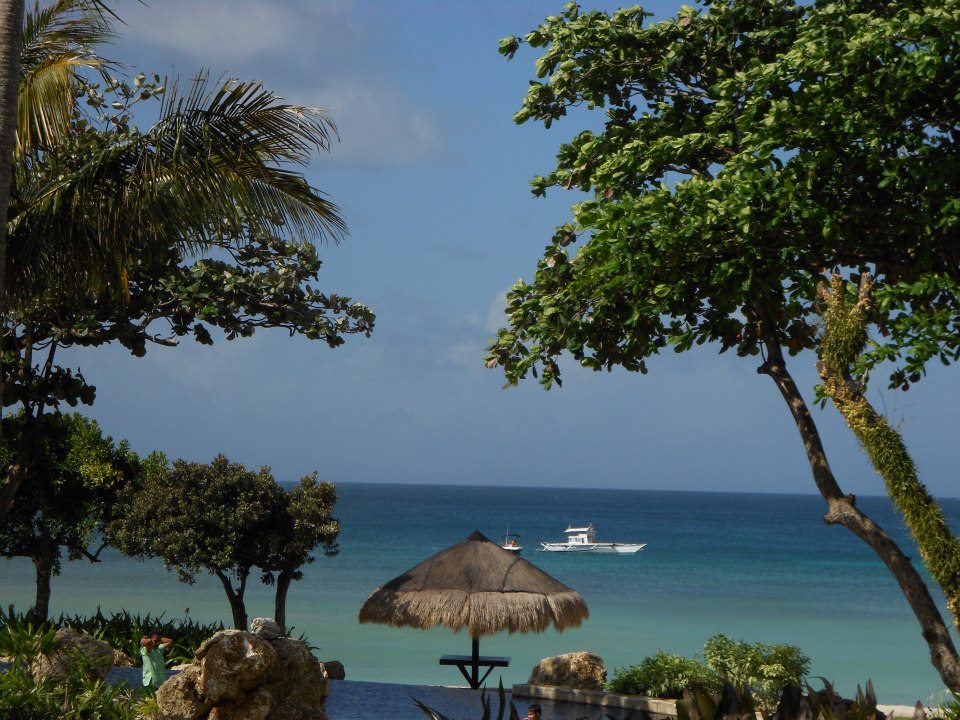
I grew up in a big city. The smell of automobile smoke was familiar, and so was the traffic that made a car ride that would have lasted 15 minutes in San Mateo last two hours. I lived in a tall skyscraper on the sixteenth floor, my living room window overlooking a lush golf course, and my bedroom was a little girl’s paradise. The weather was fickle, but smog could be seen over the city almost every day.
This is not New York, or London, or San Francisco, or any other “glamorous” city you may think of.
This is my home: Manila, Philippines.
In 2009, Chimamanda Ngozi Adichie gave a TED Talk, “The danger of a single story,” where she stated, “If I had not grown up in Nigeria, and if all I knew about Africa were from popular images, I too would think that Africa was a place of beautiful landscapes … incomprehensible people … unable to speak for themselves and waiting to be saved by a kind, white foreigner.”
The general American perception of my country consists of super typhoons, people living in shacks atop landfills, floods, hunger, poverty, darkness, suffering. People pity Filipinos.
But why?
One big aspect that the first world does not see is entrenched poverty. Yes, there are the homeless living in San Francisco and even here in San Mateo, but the United States doesn’t have slums. When I still lived in Manila, the shacks circled the city, fitting into any spot they had the right to claim. At a red light, little girls and boys would come out into the streets every day selling sampaguita, or jasmine flower, garlands, for less than 50 cents.
But what most don’t know is that our poverty still exists because of class structure. The rich need to differentiate themselves from the “help,” and they do so by spending money on name brands such as Ralph Lauren or Coach or Chanel. They’ll take a trip to Japan or Alaska or Europe to show they can afford it, and if too many middle or lower class students suddenly start showing up at their child’s school, they will sometimes move their child.
The problem is that many refuse to look past these complicated levels of the Philippines that they don’t completely understand. Popular culture has fed the images of hardship and filth into the general public’s mind, so that, in their minds, the Philippines cannot be perceived as beautiful.
But we beg to differ. Our tourism tagline is “It’s more fun in the Philippines” for a reason. Many forget or don’t know of places like Puerto Princesa with the Palawan Underground River, one of the new seven wonders of nature. There are the pure white beaches and turquoise waters of Boracay, the intricate Banaue Rice Terraces, the sloping Chocolate Hills, the amazing biodiversity of the Tubbataha Reef.
Just because our country has been wrongly stereotyped as “ugly” or “dirty” does not mean that our people aren’t capable of eating, breathing, loving, or living. It does not mean we cannot achieve happiness.
We are not one-dimensional.
I am proud to be Filipino, and no amount of prejudice against us can change that. Parts of the Philippines are obviously bad, but we can’t just change everything all at once. Just because we’re not the richest country doesn’t necessarily mean we need white foreigners to pull us out the pit of “despair.” This is not to say that people shouldn’t raise money for Haiyan relief or donate clothes. But don’t give anything to the Philippines because you think that you are being generous to a country that is lesser than yours; give because you want to give.





